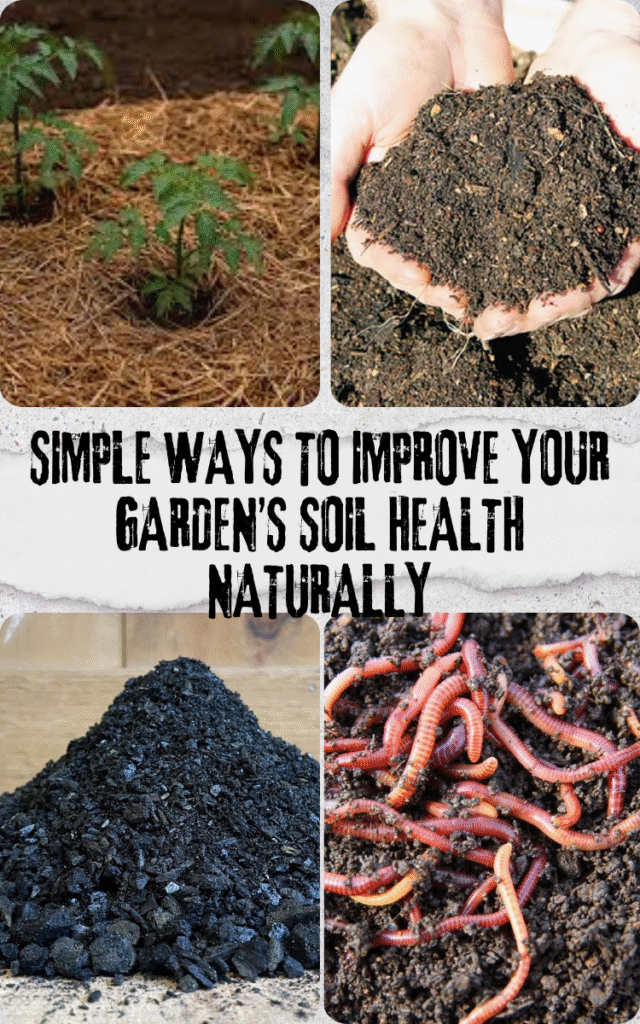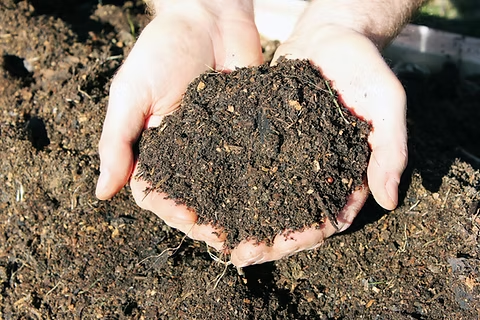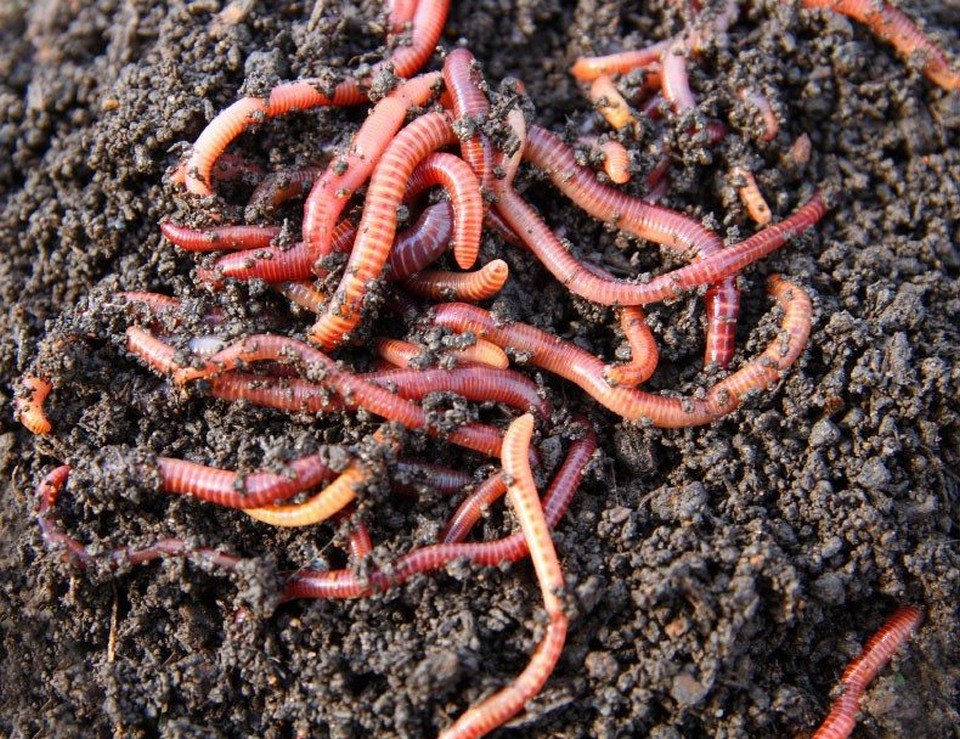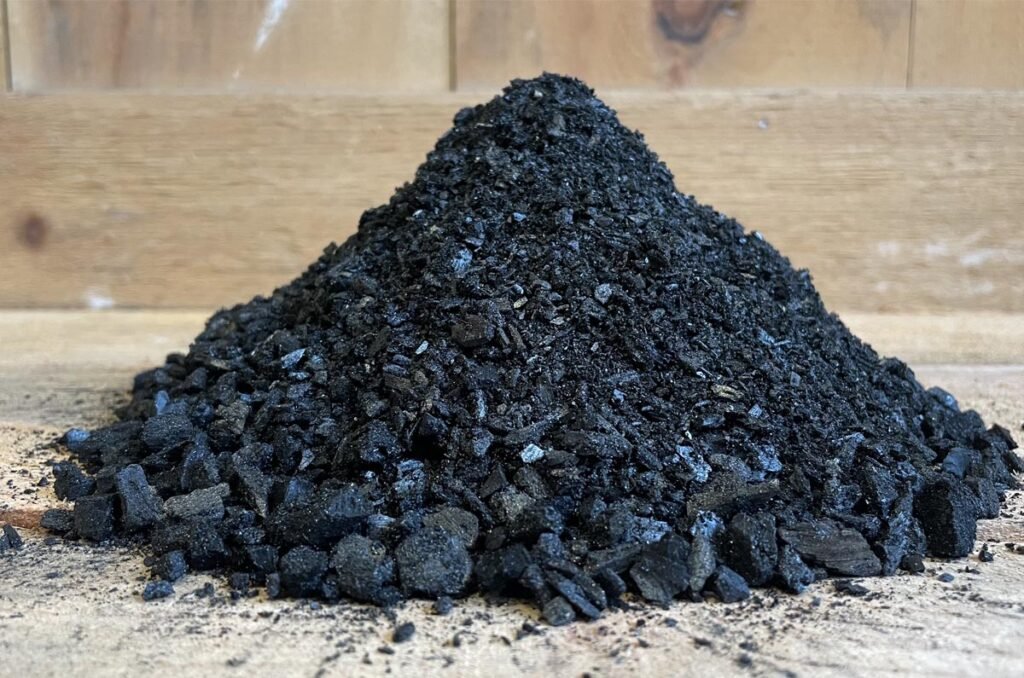
When I first started gardening, I quickly learned that plants don’t thrive just because you water them or give them sunlight. The real secret lives underground—in the soil. Healthy soil is alive, full of microbes, nutrients, and organic matter that work together to create the perfect environment for roots. If the soil is weak, compacted, or stripped of nutrients, even the most resilient plants struggle.
Improving soil health isn’t about dumping store-bought fertilizers and calling it a day. In fact, many quick fixes end up doing more harm than good, disrupting the delicate ecosystem beneath our feet. Instead, the key lies in building soil naturally, slowly, and consistently.
The good news? There are simple, natural methods you can use right in your backyard to boost soil fertility, encourage life underground, and create conditions where plants flourish without constant intervention. Here are 11 ways I’ve found effective for building healthier soil naturally.
1. Add Organic Compost
Compost is often called “black gold” for a reason. It’s packed with nutrients and beneficial organisms that breathe life back into tired soil. By adding compost, you’re essentially recycling organic matter into a form that plants can easily access, all while improving soil structure.
I like to keep a simple compost pile in my yard where I toss in vegetable scraps, coffee grounds, shredded leaves, and grass clippings. Over time, it breaks down into a crumbly, earthy material that feels rich and full of energy. Spreading this across your garden adds both nutrients and beneficial microbes.
The key is to use compost regularly but not excessively. A couple of inches worked into the top layer of soil or spread as mulch around plants can make a big difference. It’s a slow, steady way to improve fertility without overwhelming the soil ecosystem.
2. Mulch Your Soil

Mulch is like a protective blanket for your soil. It shields the ground from harsh sun, locks in moisture, and even regulates soil temperature. Over time, as mulch breaks down, it also feeds the soil with organic matter.
There are plenty of natural mulch options—shredded leaves, straw, grass clippings, or even wood chips. I personally love using autumn leaves; they’re free, abundant, and create a soft layer that decomposes beautifully. Laying mulch in your garden not only keeps weeds down but also encourages a slow release of nutrients.
One important tip is to keep mulch a couple of inches away from plant stems. Piling it too close can cause rot or pest problems. A good 2–3 inch layer is usually enough to give your soil the boost it needs.
3. Grow Cover Crops
Cover crops aren’t just for large farms—they can be a game-changer even in small home gardens. Plants like clover, rye, or vetch work to protect bare soil, prevent erosion, and keep weeds from taking over.
The real magic comes when you turn them back into the soil. As cover crops decompose, they release nutrients and improve soil structure. Some, like legumes, even fix nitrogen directly into the soil, reducing the need for fertilizer.
I tried growing crimson clover one fall, and by spring, the soil felt noticeably looser and richer. It’s an easy, hands-off way to restore balance and give your garden soil a much-needed rest between growing seasons.
4. Practice Crop Rotation
Growing the same plants in the same spot year after year can exhaust the soil. Each crop has different nutrient needs, and sticking with one type often leads to depletion and pest problems. Crop rotation keeps the soil balanced and discourages pests from setting up permanent homes.
For example, heavy feeders like tomatoes or corn can be followed by legumes, which restore nitrogen levels. Root vegetables can then take advantage of loosened soil left behind. This simple cycle reduces your reliance on added fertilizers.
Even in a small garden, rotating plant families from one bed to another every season can keep the soil lively and balanced. It’s one of the oldest tricks in the gardening book, and it still works wonders today.
5. Add Aged Manure

Manure is one of nature’s most powerful soil enhancers, but it needs to be aged properly before use. Fresh manure can burn plant roots and introduce harmful bacteria, but well-rotted manure is like a nutrient-rich feast for the soil.
I’ve had good success adding aged cow and chicken manure to my garden beds in early spring. The key is moderation—too much can overwhelm the soil, but the right amount adds valuable nitrogen, phosphorus, and organic matter.
If you have access to a local farm or stable, see if they offer composted manure. Spread a thin layer, mix it into the soil, and you’ll notice stronger, more vigorous plants throughout the season.
6. Encourage Earthworms

Earthworms are the unsung heroes of healthy soil. As they tunnel through the dirt, they aerate it, allowing roots to breathe and water to seep in more effectively. Their castings are also packed with nutrients that plants can easily absorb.
The best way to attract earthworms is to create an environment they love. That means keeping soil moist, adding organic matter regularly, and avoiding harsh chemical fertilizers or pesticides. The more hospitable your garden, the more worms will move in.
I remember digging up a new bed in my yard and hardly seeing a single worm. After a year of mulching and composting, I couldn’t dig anywhere without spotting several. It’s a good sign your soil is truly alive.
7. Use Natural Fertilizers
Sometimes, your soil just needs an extra nutritional push. Natural fertilizers like bone meal, fish emulsion, or seaweed provide slow-release nutrients without the downsides of synthetic chemicals.
I’ve found that seaweed, in particular, adds trace minerals you don’t usually get from standard compost or manure. Fish emulsion is another favorite, especially for leafy greens that crave nitrogen. These natural boosters complement the soil’s ecosystem rather than disrupt it.
The trick is to choose the right fertilizer for the plants you’re growing. Tomatoes love bone meal for strong roots and fruiting, while greens thrive on nitrogen-rich amendments. Always follow recommended amounts—it’s easy to overdo it, even with natural products.
8. Reduce Soil Disturbance
Tilling may feel satisfying, but it often does more harm than good. Constantly breaking up the soil destroys its natural structure, disturbs microbial life, and leaves it vulnerable to erosion.
Instead, consider low-till or no-till gardening. By layering compost, mulch, and organic matter on top of the soil, you allow nature to do the mixing for you. Earthworms and microbes will slowly incorporate nutrients deeper into the soil.
I used to till every spring, but after switching to a no-till approach, I noticed fewer weeds and healthier soil over time. It’s easier on your back, too!
9. Maintain Proper Soil pH
Soil pH has a big influence on how well plants can absorb nutrients. If the pH is too acidic or too alkaline, even nutrient-rich soil can’t feed your plants effectively.
Testing your soil is simple and inexpensive. Once you know your numbers, you can make natural adjustments. Lime helps raise pH in acidic soils, while sulfur or pine needles can gently lower it if the soil is too alkaline.
I keep a simple test kit handy and check my beds once a year. Adjustments don’t need to be dramatic—small, steady changes keep the soil balanced without shocking your plants.
10. Water Wisely
Watering isn’t just about keeping plants hydrated; it’s also about protecting soil structure. Overwatering can compact soil and wash nutrients away, while underwatering stresses plants and the microbes that live underground.
The best approach is deep, infrequent watering. This encourages plant roots to grow deeper, making them more resilient and helping the soil hold water longer. Shallow, frequent watering does the opposite, keeping roots weak and surface-level.
I’ve had great results using soaker hoses and drip irrigation systems. They deliver water directly to the soil without splashing it everywhere, which helps prevent erosion and compaction.
11. Add Biochar

Biochar may sound high-tech, but it’s actually an ancient technique. It’s essentially charcoal made from plant material, and when added to soil, it improves water retention, boosts microbial activity, and creates a long-term reservoir of nutrients.
Unlike compost or manure, biochar doesn’t break down quickly. That means its benefits last for years, acting as a permanent improvement to your soil’s structure. It’s particularly helpful in sandy soils that struggle to hold onto water.
You can buy pre-made biochar or make your own if you’re comfortable with controlled burning methods. Mixing it with compost before adding it to your garden helps “charge” it with nutrients, making it even more effective.
Wrapping Up
Healthy soil is a gardener’s greatest asset. When you invest in the life beneath the surface, everything above it flourishes with less effort. Building soil naturally may take time, but the rewards are lasting—stronger plants, fewer pests, and a garden that thrives season after season.
You don’t have to do everything at once. Start with one or two practices, like mulching or composting, and see how your soil responds. Over time, you’ll find your garden not only looks better but feels more alive every time you dig your hands into the earth.

